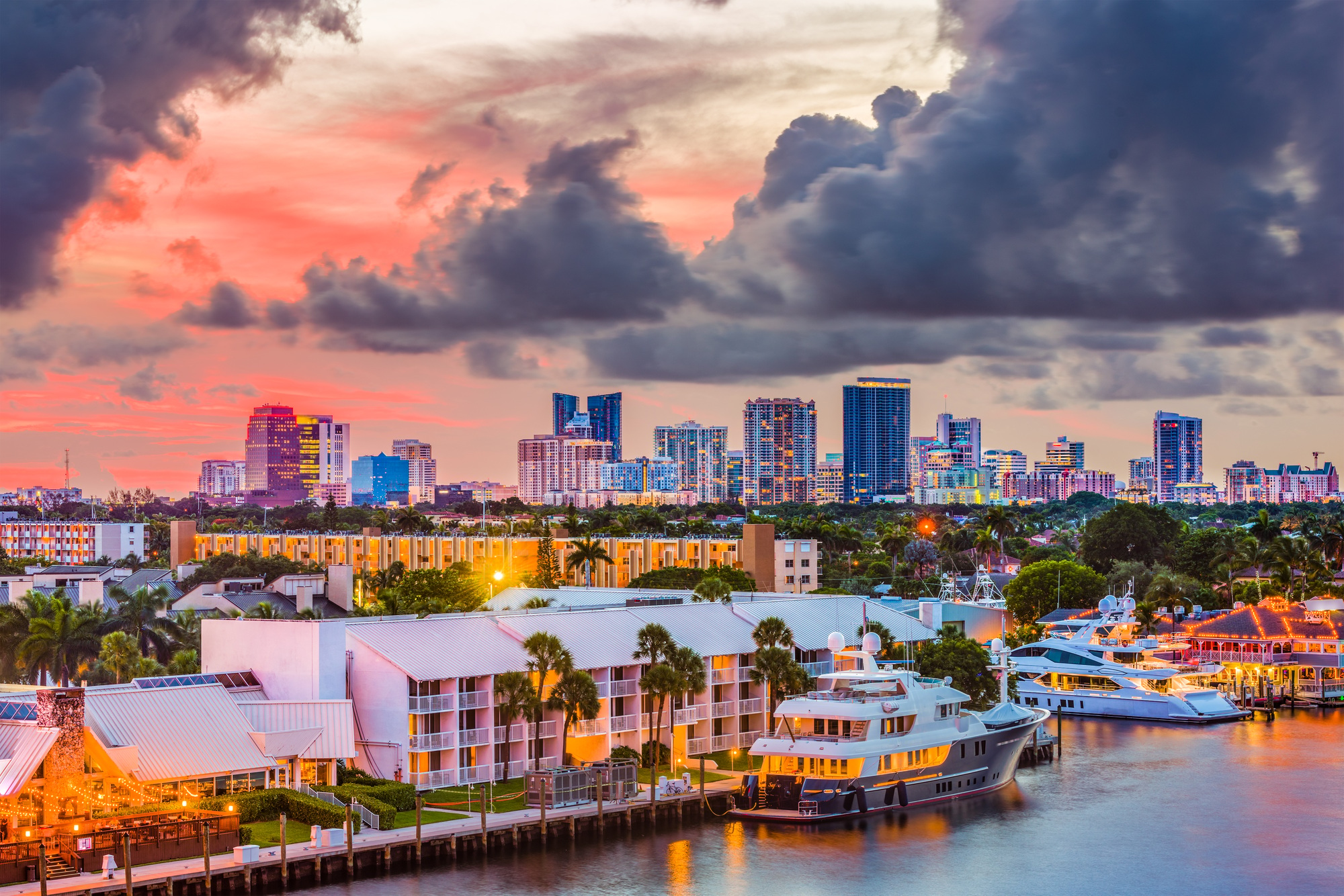This week’s top commercial real estate transactions reveal a wave of high-value property deals across major Florida counties, including Charlotte, Collier, Hillsborough, Lee, Manatee, Pasco, Pinellas, Polk, and Sarasota. The surge underscores strong investor demand for retail, office, and industrial assets, confirming Florida’s continued status as one of the nation’s hottest markets for real estate investment and development.
The latest data show a significant uptick in commercial property sales, led by institutional investors, private equity groups, and regional developers looking to expand their portfolios. This momentum is fueled by population growth, infrastructure expansion, and a thriving state economy, all of which continue to attract national attention. Industry analysts say these factors are driving sustained interest, with investors confident in Florida’s long-term economic trajectory and rental stability.
Among this week’s standout deals, Charlotte County saw the sale of a major office complex to a prominent institutional investor — a sign that demand for commercial office assets remains resilient, particularly in areas with steady employment growth. In Collier County, a retail center traded hands for a notable figure, reflecting the adaptability and persistence of retail spaces as consumer behavior evolves toward hybrid shopping models that blend in-person and online experiences.
Meanwhile, Hillsborough County recorded several large industrial park acquisitions by logistics and e-commerce firms, reinforcing the state’s crucial role in national distribution and fulfillment networks. Lee County also logged the sale of a high-capacity industrial warehouse, a move expected to bolster the local manufacturing and supply chain infrastructure. In Sarasota, a landmark mixed-use development deal was finalized, integrating residential, retail, and office space — a strong example of Florida’s growing appetite for multi-purpose, walkable urban environments.
The ripple effects of these transactions are far-reaching. Each major sale affects property valuations, rental pricing, and development planning across adjacent submarkets. Local governments and planning authorities are already assessing how these deals could influence zoning adjustments, infrastructure upgrades, and community development policies. Many counties are actively courting mixed-use and industrial investments, recognizing their role in boosting both tax revenues and job creation.
Experts agree that Florida’s commercial real estate market is benefiting from favorable financing conditions and investor optimism tied to demographic trends. With sustained migration to the state, particularly from the Northeast and Midwest, demand for commercial space — from office parks to logistics hubs — remains elevated. The combination of low vacancy rates, strong rental growth, and record-breaking sales has made markets like Tampa Bay, Fort Myers, and Naples prime destinations for both institutional and private investors.
Still, analysts caution against unchecked enthusiasm. The market’s rapid growth could face headwinds from interest rate fluctuations, policy shifts, or a broader economic slowdown. Investors are advised to maintain diversified portfolios and watch for early signals of overvaluation, especially in secondary submarkets where prices have climbed sharply in recent quarters.
Looking forward, the commercial real estate outlook for Florida remains optimistic. Upcoming developments to monitor include several large leasing announcements, new Class-A construction projects, and possible regulatory adjustments aimed at managing rapid urban expansion. The state’s continued economic resilience, coupled with national interest in Sun Belt markets, positions Florida for another strong quarter of growth in commercial real estate — with retail, industrial, and mixed-use developments leading the charge.
What are the key factors driving commercial real estate investment in these regions?
Strong economic growth, demographic shifts, infrastructure improvements, and urban revitalization are primary drivers attracting investors to these markets.
How are new developments affecting local communities?
New projects create jobs, boost local economies, and enhance urban amenities, though they also require careful planning to address potential congestion and environmental concerns.
What risks should investors consider in this market?
Potential market corrections, changes in economic policies, and shifts in consumer preferences could impact property values and investment returns.






